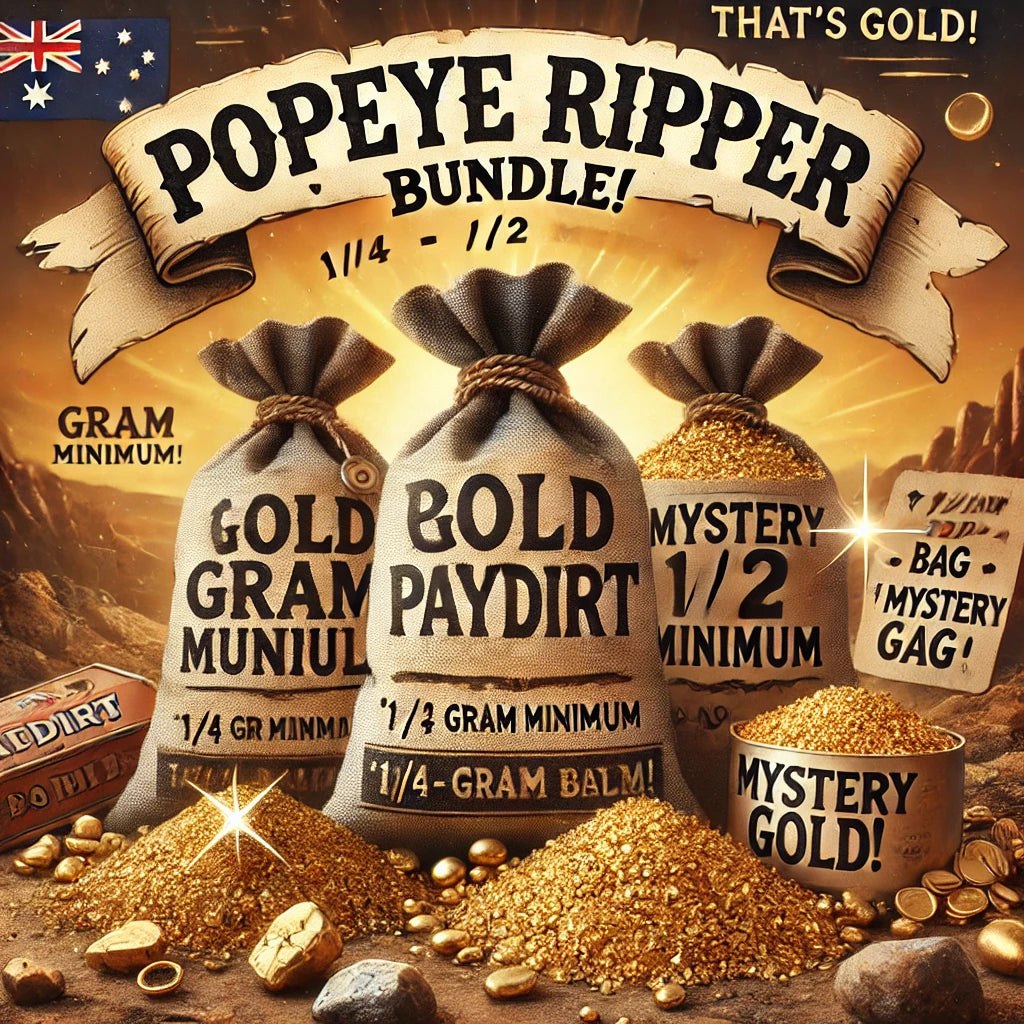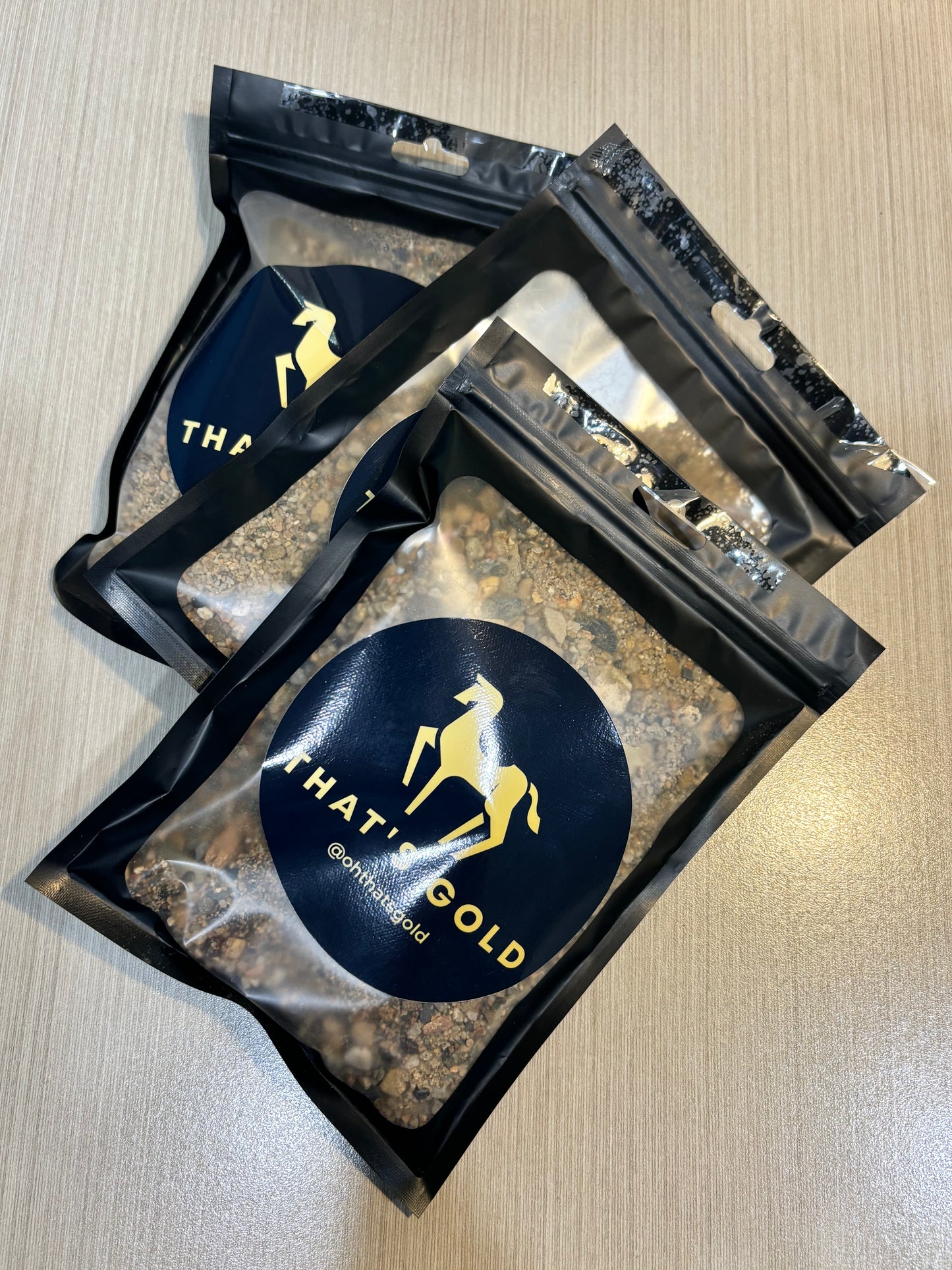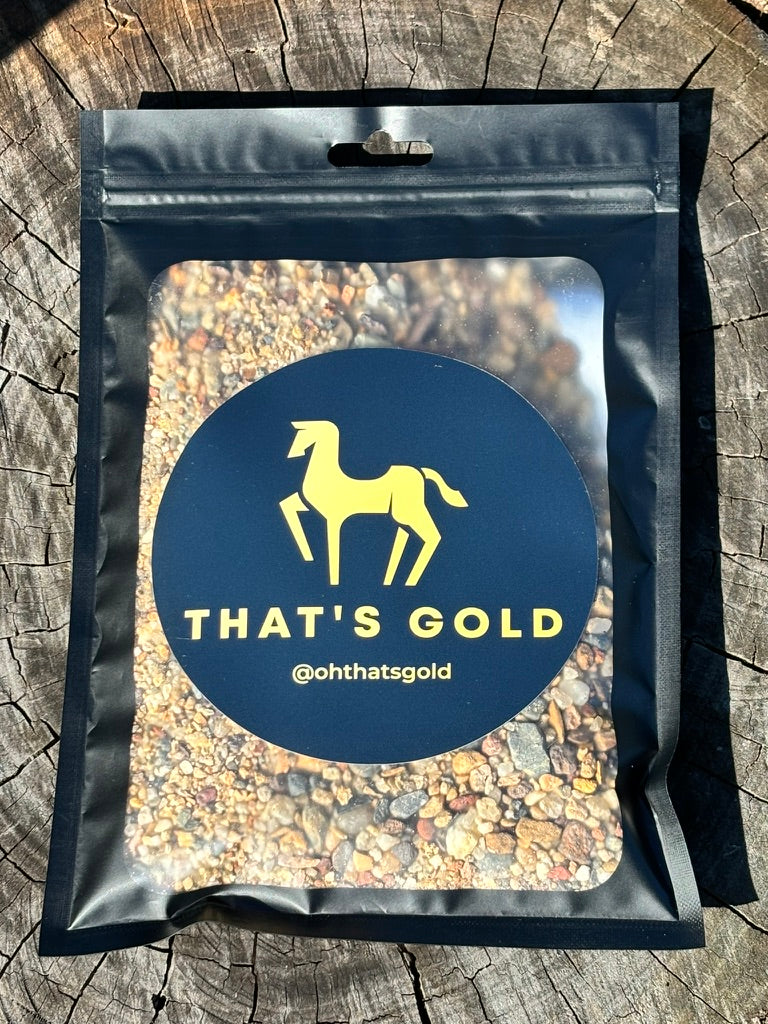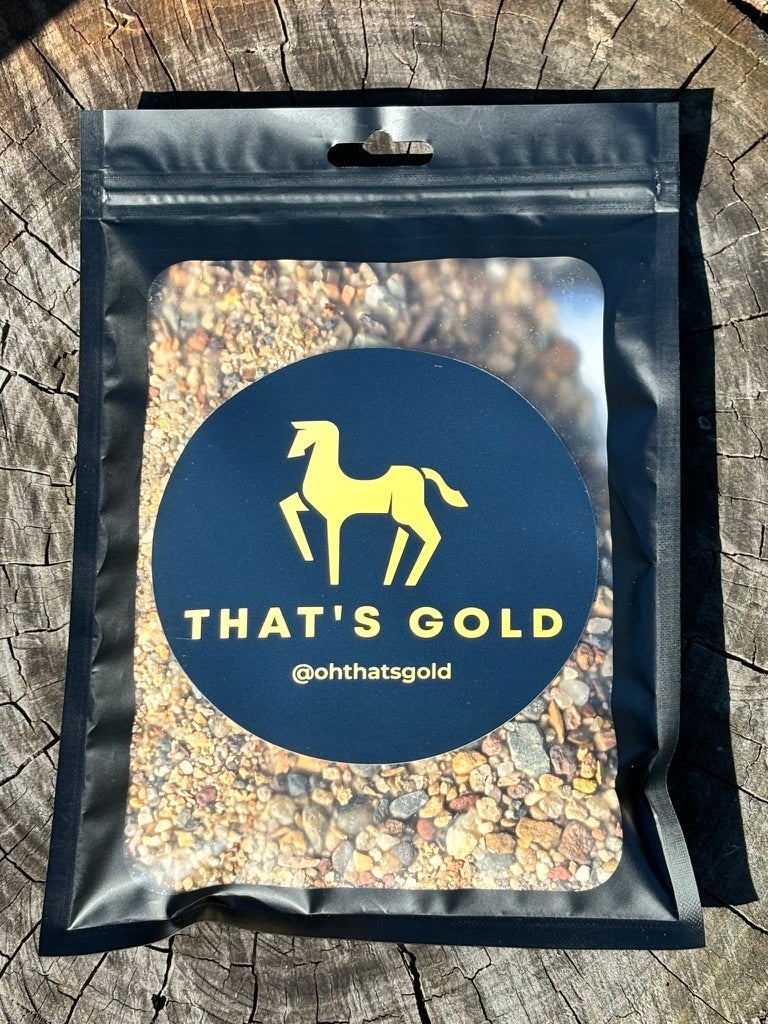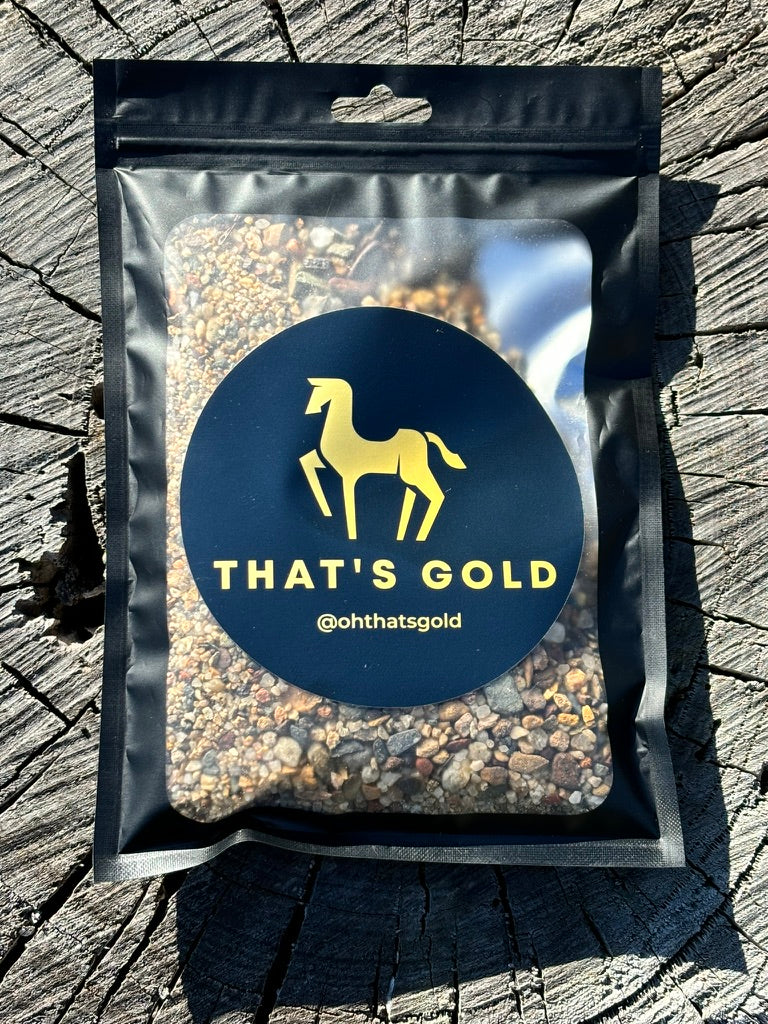Gold panning is an exhilarating and timeless activity that connects enthusiasts with the thrill of discovering gold. Whether you're a seasoned prospector or a curious beginner, mastering the art of gold panning requires a blend of technique, proper tools, and practical tips. In this ultimate guide, we’ll cover everything you need to know about gold panning, from the basics to advanced techniques, to help you maximize your success in this rewarding hobby.
What is Gold Panning?
Gold panning is a method of separating gold from sediment and gravel found in riverbeds, streams, and other bodies of water. It involves using a shallow pan to wash away the lighter material, leaving the denser gold particles behind. This technique has been used for centuries and remains one of the simplest and most effective ways to prospect for gold.
Essential Gold Panning Tools
To get started with gold panning, you’ll need the right tools. Here’s a list of essential equipment:
- Gold Pan
The gold pan is the primary tool for panning. Choose a pan that is made of durable material, such as plastic or metal, and has a wide, shallow design with sloped sides. Plastic pans are lightweight and come in various colors to help you see gold more easily.
- Classifier
A classifier is a sieve used to separate larger rocks and debris from the finer material you’ll be panning. It helps ensure that you’re only working with the material most likely to contain gold.
- Scoop or Trowel
A scoop or trowel is used to gather sediment from the riverbed or stream. Opt for a small, sturdy scoop that can handle the sediment while filtering out larger rocks.
- Snuffer Bottle
A snuffer bottle is a small, squeeze bottle used to collect fine gold particles from your pan. It helps in efficiently removing gold without losing any of your hard-earned finds.
- Gold Pan Kit
Many beginners find it helpful to start with a gold pan kit that includes all the essential tools and accessories. These kits are often designed to be a one-stop solution for aspiring gold prospectors.
Gold Panning Techniques
Mastering gold panning involves learning specific techniques to efficiently separate gold from sediment. Here are some fundamental methods:
- The Basic Technique
- Fill the Pan: Start by filling your pan with sediment and water. The material should be mostly gravel and sand, with a small amount of black sand, which often indicates gold presence.
- Agitate and Rinse: Swirl the pan in a circular motion to allow the gold to settle at the bottom. Gently rinse away the top layer of sediment, keeping the pan tilted slightly.
- Repeat: Continue swirling and rinsing until only the heaviest material remains at the bottom of the pan. The remaining material should be examined closely for gold flakes.
- The Sluice Box Method
For larger quantities of material, a sluice box can be used in conjunction with gold panning. This tool captures gold more efficiently by directing water through a trough lined with riffles that trap gold.
- The Combination Method
Combine panning with other techniques like sluicing or dredging for better results. Start with a pan to remove larger debris, then use a sluice box or dredge to process the remaining material.
Tips for Successful Gold Panning
- Choose the Right Location
Research potential gold panning locations to find areas with a history of gold deposits. Look for places where gold is likely to accumulate, such as bends in rivers or areas with natural obstructions.
- Observe the Water Flow
The flow of water plays a crucial role in gold panning. Panning in slow-moving water is often more effective as it allows for better separation of gold from sediment.
- Use a Good Technique
Developing a consistent and effective technique is key to successful gold panning. Practice regularly to improve your skills and efficiency in separating gold from sediment.
- Be Patient and Persistent
Gold panning requires patience and persistence. It may take time to find significant amounts of gold, so don’t be discouraged by initial results. The thrill of discovery makes the effort worthwhile.
- Follow Local Regulations
Be aware of and adhere to local regulations regarding gold panning. Some areas may require permits or have restrictions to protect natural resources and ensure responsible prospecting.
Conclusion
Gold panning is a rewarding and enjoyable hobby that combines history, adventure, and the excitement of potentially finding gold. By equipping yourself with the right tools, mastering essential techniques, and applying practical tips, you can enhance your gold panning experience and increase your chances of success.
Whether you’re looking to strike gold or simply enjoy the process, this ultimate guide will help you get started on your gold panning journey. So grab your pan, head to a promising location, and embark on an adventure that has captivated prospectors for generations. Happy panning!

